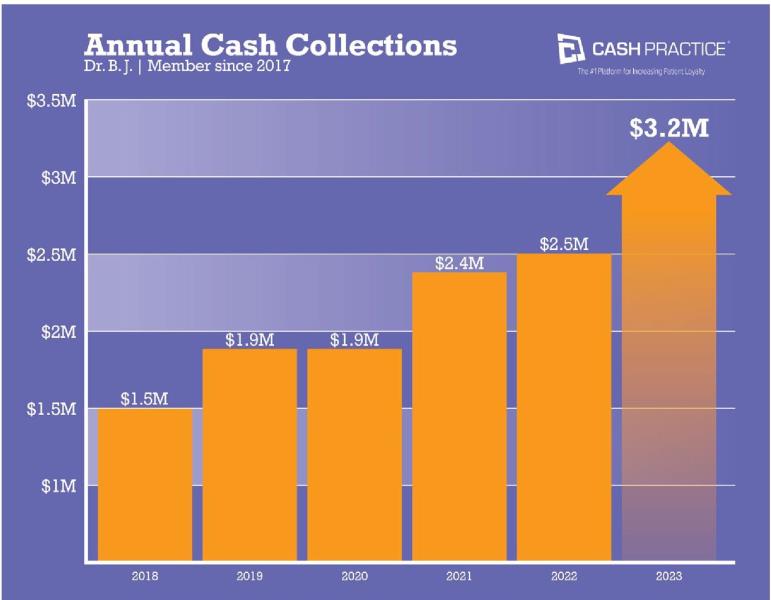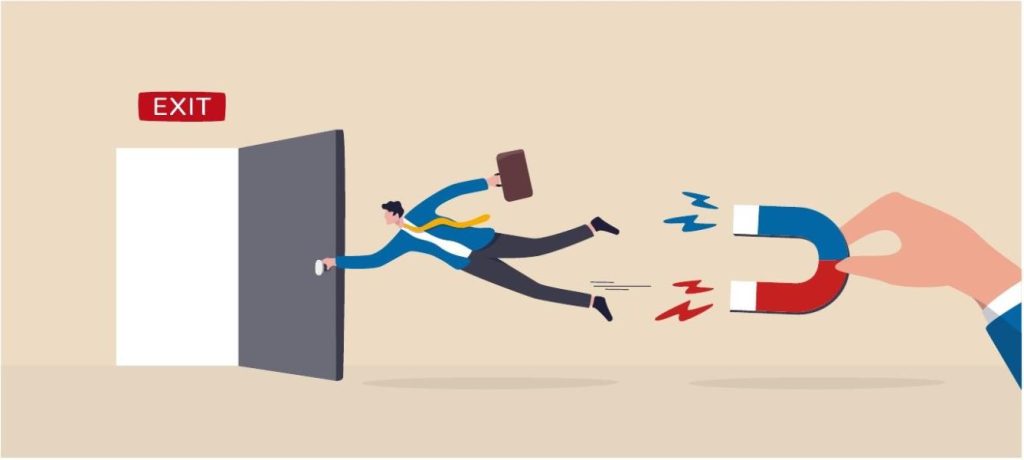Retention as a Key Performance Indicator (KPI) for Buying or Selling a Practice
Posted on March 7, 2024 by Miles Bodzin, DC

Retention as a Key Performance Indicator (KPI) for Buying or Selling a Practice
This original article was featured in the March 2024 issue of The American Chiropractor

In the dynamic world of chiropractic care, a practice’s success is often measured by various key performance indicators (KPIs). While metrics, such as new patient acquisition and revenue generation, are important, patient retention is an often overlooked but crucial aspect. A high retention rate reflects the effectiveness of a chiropractic practice and plays a pivotal role when considering the buying or selling of a practice.
Understanding Retention as a KPI
Patient retention is the lifeblood of any chiropractic practice. It goes beyond the mere number of patients who walk through the door; it encompasses the ability to build lasting relationships with those patients, fostering trust and loyalty. In the context of buying or selling a chiropractic practice, a high retention rate becomes a valuable KPI that speaks volumes about the health and sustainability of the business.

Consistent Growth and Predictable Income
A chiropractic practice with a robust retention strategy experiences consistent growth every year. When patients return for ongoing care and maintenance, it demonstrates the effectiveness of the treatments and signifies a strong connection between the practitioner and the patient. This consistent inflow of familiar faces leads to a steady, predictable income for the practice.
In essence, high retention rates translate into a reliable patient base, ensuring that a chiropractic practice isn’t merely relying on acquiring new patients to sustain itself. The financial stability provided by long-term patient relationships becomes a key factor when evaluating the overall value of a practice in the buying or selling process.
Any past performance, projection, forecast, or simulation of results is not necessarily indicative of the future or likely performance you will experience. Past performance is not a guarantee of future results.

Value of Business
Take two practices, both of which are collecting the same amount per month, have similar overhead expenses, see a similar volume of patients, and are essentially the same, except for one factor. The only difference is their patient retention.
Practice A has lower patient retention and requires 40 new patients per month to replace those lost each month. This is common for insurance and pain-based practices. Did you know it’s also common for cash-based practices to offer prepaid plans?
Practice B has higher patient retention, so it requires only five to 10 new patients a month to maintain its revenue. This is common for practices with a wellness focus that recommend long-term treatment plans and collect most of their revenue via monthly auto-debits.
Which one is more stable? Which one is less stressful? Which one is more valuable? Which one would you rather have? If you were looking to purchase a practice and evaluated both of these, which one would you prefer to purchase?
Building Trust and Loyalty
Trust is the cornerstone of any successful chiropractic practice. Patients with confidence in their chiropractor are more likely to commit to long-term care plans and refer friends and family. This trust and loyalty contribute to a positive patient experience and are essential for the financial health of the practice.

When considering the purchase of a chiropractic practice, a potential buyer is acquiring a patient list and inheriting a reputation built on rapport and positive patient outcomes. Sellers can leverage a high retention rate as a selling point with proof that goodwill and patient loyalty come with the practice.
Implementing Strategies for High Retention
To enhance patient retention, chiropractors should focus on personalized care plans, effective communication, and creating a welcoming atmosphere. Regular follow-ups, educational materials, and open dialogue about treatment plans contribute to patients feeling valued and understood. Moreover, leveraging technology for appointment reminders, educational newsletters, and interactive communication platforms can strengthen the bond between the practitioner and the patient. By implementing these strategies, chiropractors can improve patient outcomes and enhance the overall patient experience, leading to increased retention rates.
Conclusion
In the realm of chiropractic care, patient retention serves as a powerful indicator of a practice’s success. When contemplating the purchase or sale of a chiropractic practice, high retention rates should be considered a non-negotiable aspect of its value. A practice with loyal, long-term patients signifies financial stability and a legacy of trust and positive outcomes. By prioritizing patient retention, chiropractors can ensure the sustained growth and success of their practices, making them attractive assets in the evolving landscape of health care.


